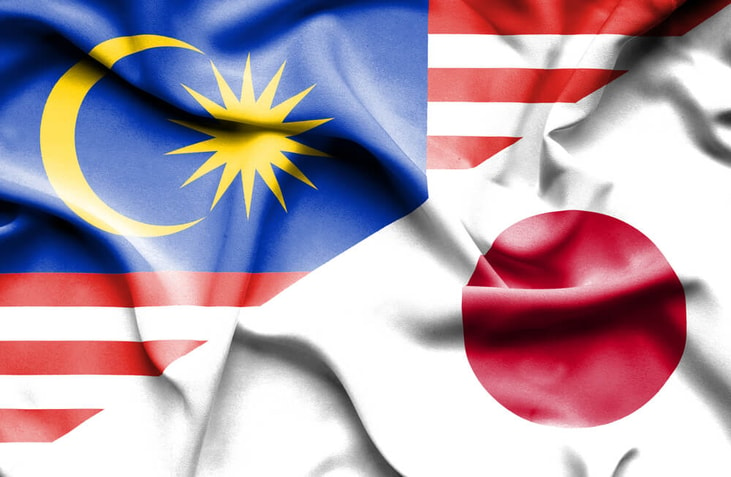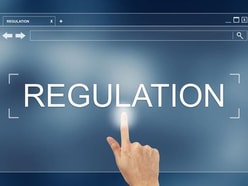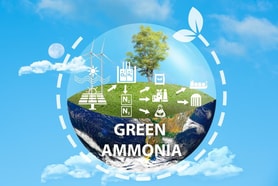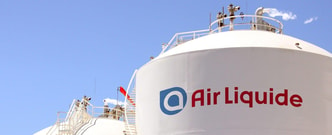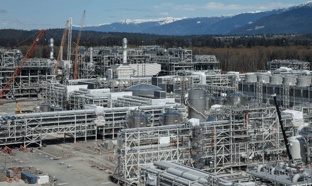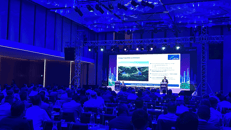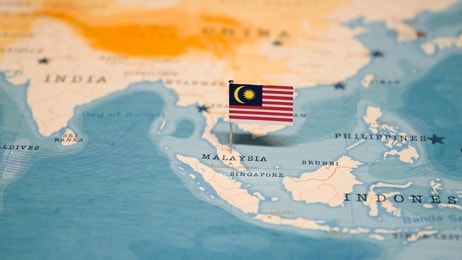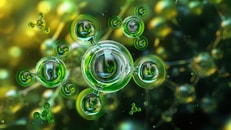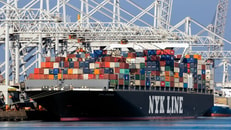PETRONAS and JERA to assess full CCS chain from Japan to Malaysia
In a strategic move that targets the reduction of carbon dioxide (CO2) emissions, Japan’s largest power generation company JERA has partnered with oil major PETRONAS to explore a new cross-border carbon capture and storage (CCS) solution.
Having entered a joint study agreement, the companies will assess the viability of capturing CO2 emissions from JERA’s operations in Japan and transporting them to Malaysia for storage.
In 2021, the CO2 emissions in the electric power industry in Japan amounted to around 327m tonnes of CO2 equivalent. CCS and carbon capture, utilisation and storage (CCUS) is seen by many as a crucial solution for industries that have difficulty reducing CO2 emissions.
According to McKinsey, APAC could account for 55% of global CCUS by 2050, with Malaysia holding a significant amount of storage potential.
... to continue reading you must be subscribed

